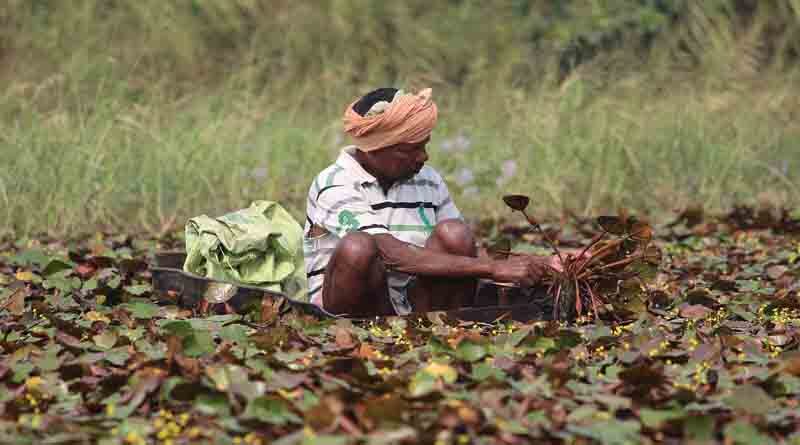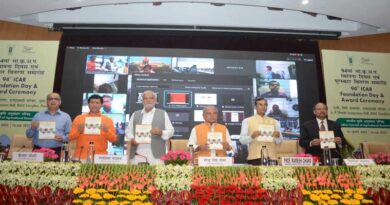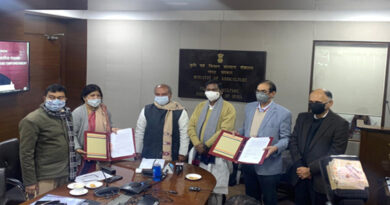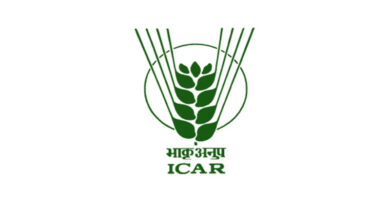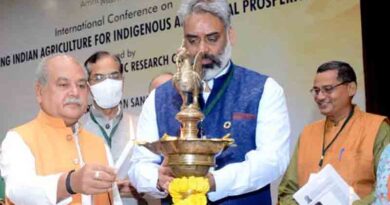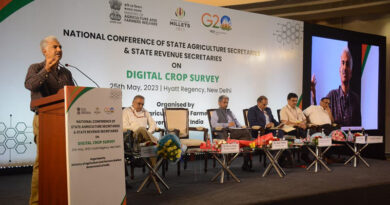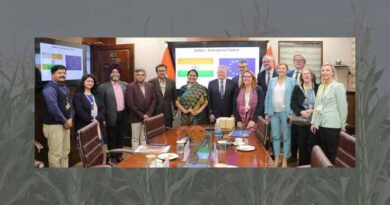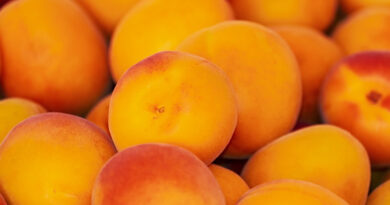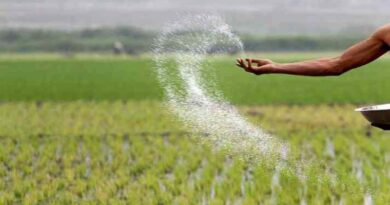This is what Indian farmers are doing to double their income
22 July 2022, New Delhi: On the 94th foundation day of Indian Council of Agricultural Research (ICAR), the union agriculture minister Narendra Singh Tomar released 75 thousand success stories of farmers who have doubled or more than doubled their income in the last 5 years.
Krishak Jagat – The National Agriculture Newspaper studied these success stories of farmers across India and has captures a few important points which have helped the farmers to double their income. The below points will help you to understand the process and changes the farmers brought in their agriculture and farming practices to double their income.
Here are 6 actions which helped farmers double their income:-
- More crops on one farm
It is very important to know how to reduce risk of growing one crop if you have small landholding. A farmer who has 1 acre or less than one acre of land will have total loss in case of crop failure. At the same time if the farmer has three crops or two crops in one acre with different maturity period will help him to get income twice and at different intervals.
Farmers who have doubled their income shifted from growing 2-3 crops in small land holding to 4-5 crops in the same area. This gave them more variety of crops and income at various stages of crops. These crops included field crops, horticulture crops and vegetables & fruit crops. This diversification of crops helped farmers to increase their income exponentially from small land holding.
For example a farmer who was growing cotton, wheat and maize in 3 acres of land in 2016-17 shifted to soybean, cotton, maize, wheat, chickpea and poultry in 2020. This change in cropping pattern and increase in crop density gave him a better income support through out the year.
- Inclusion of Live stock and Poultry
A very important step is to not rely completely on growing crops as it is weather dependent. The farmers who doubled their income were either having livestock or poultry. Livestock included 1-2 cows or buffalo and poultry had about 100 chickens to start with. This was one of the major factor to increase their income drastically.
- Inclusion of Ornamental / flowering and horticulture crops
Ornamental, flowering and horticulture crops provide higher income opportunities to the farmers. Ornamental or flowering crops are usually sold at a good price in the local market. There are always festivals in India which required flowers and crops like marigold and roses are best for it. Other flowers which are used for bouquets provides best price for crops like lilly, lotus, jasmine, tulip, orchids, etc.
- Honey / Mushroom cultivation
Honey and mushroom cultivation required least investment and space. A farmer can start honey cultivation with one honey bee box which costs as less as 5000 rupees which can be kept in his field. Five bee boxes in a field will give farmer sufficient income which will help to increase his farm income with least space occupancy.
Mushroom cultivation can be started in a room as small as 5 square feet. Mushroom have a high demand in every market and their harvesting is also easy and required minimum investment.
- High Yielding varieties
One of the major change that every farmer did was the use of high yielding varieties. The first mistake a farmer makes is use of low yielding varieties and expect high production. Every seed variety is different and is segregated into low yielding, medium yielding and high yielding. Low yielding varieties require low input use where as high yielding varieties require high input and also gives higher return on investment.
- Training and technology use
Farming is no more a job passed on from generation to generation. Every farmers requires training and requires adoption of technology to improve his income. A few essential training that a farmer should go through is seed treatment, use of Integrated Nutriement Management (INM), Use of Integrated Pest Management (IPM). These will help him save high cost of cultivation. In addition to this, a farmer should also know about new technologies like weather forecasting or pest forecasting which will help him in taking timely action.
Also Read: China: Measures counter food security risks

